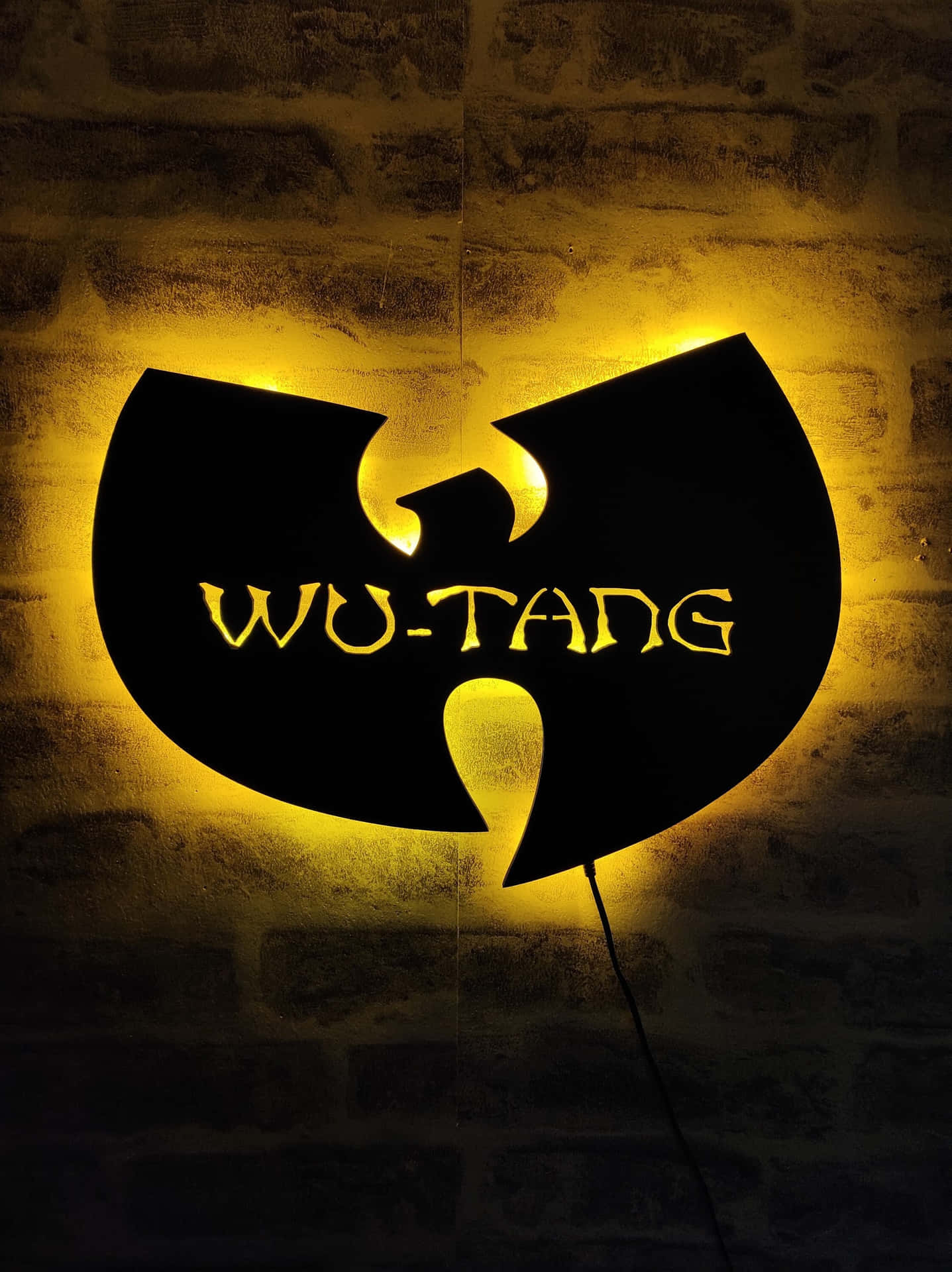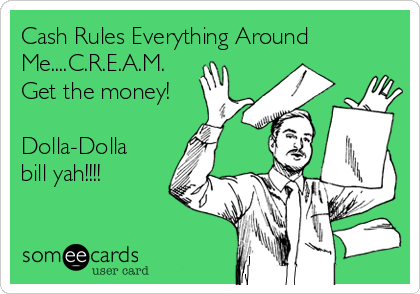The Epic Story of the Members of the Wu-Tang Clan’s Rise from the Slums of the Shaolin to Super Stardom
When it comes to hip-hop groups, few have left a mark as deep and wide as the Wu-Tang Clan. Emerging from the rugged streets of Staten Island in the early 90s, the Wu-Tang Clan didn’t just reshape rap music—they revolutionized it. Their blend of raw, gritty beats, complex lyrical structures, and a fascination with martial arts set them apart from everyone else. But beyond their music, Wu-Tang also became a cultural juggernaut, influencing fashion, language, and even entrepreneurship.

Let’s dive into some of the lesser-known, yet fascinating facts about this legendary group that solidify their position as one of the most iconic forces in hip-hop history.
The Wu’s Unique Recording Process: The Gritty Magic of “36 Chambers”
The Wu-Tang Clan’s debut album, Enter the Wu-Tang (36 Chambers), is widely considered one of the greatest hip-hop albums of all time. But did you know the album’s iconic sound wasn’t the result of fancy studios or high budgets? In fact, the Clan recorded most of the album in a cramped, run-down studio on Staten Island.
The recording process was as chaotic as you’d expect. Sometimes multiple members would record their verses in a single take, often on the fly. The raw, unpolished sound that resulted from these circumstances became the group’s signature, making *36 Chambers* feel as gritty as the streets they came from. What could have been a limitation became the essence of Wu-Tang’s sonic identity—a reminder that authenticity beats perfection any day in the world of hip-hop.
The Name’s Origin: From Kung Fu Films to Staten Island
The Wu-Tang Clan’s love for martial arts is more than just a gimmick—it’s baked into their DNA. The group’s name is inspired by the 1983 cult classic martial arts film Shaolin and Wu Tang, which RZA, GZA, and Ol’ Dirty Bastard watched together. The movie’s themes of discipline, mastery, and honor resonated deeply with the group, who saw parallels between the Wu-Tang sword style and their lyrical technique.
The group even adopted “Shaolin” as a nickname for Staten Island, their home turf, drawing a direct line between their environment and the kung fu films they revered. In many ways, the Wu-Tang Clan used martial arts as a metaphor for their life in the streets—a way of turning hardship into strength.
Revolutionary Contract: A Game-Changer for Hip-Hop
One of the Wu-Tang Clan’s most groundbreaking moves wasn’t made in the studio—it was made at the negotiating table. When they signed with Loud Records in the early 90s, they insisted on a revolutionary contract that allowed each member to sign solo deals with other labels while still being part of the group. This was unheard of at the time.

By structuring their business this way, the group ensured that each member could carve out their own lane while still benefiting from the collective power of the Wu-Tang brand. It’s one of the reasons why you have solo albums like Raekwon’s Only Built 4 Cuban Linx… and Method Man’s Tical, each released under different labels but all linked back to Wu-Tang. This innovation not only maximized the group’s exposure but also set a precedent for artist autonomy in the music industry.
Wu-Tang Clan Logo: A Hip-Hop Icon Designed by a DJ
You can’t talk about Wu-Tang without mentioning their iconic logo—a stylized “W” that’s become one of the most recognizable symbols in all of music. But many people don’t know that the logo was designed by Allah Mathematics, a DJ and producer affiliated with the group.

The “W” logo has become a powerful visual identity for Wu-Tang, appearing on everything from album covers to merchandise. More than just a logo, it’s a symbol of their movement and represents the brand’s reach beyond music. If you see the Wu-Tang “W” anywhere in the world, you know it’s bigger than hip-hop—it’s cultural currency.
Large Membership: A Family Beyond the Nine
The Wu-Tang Clan is famous for its large membership, with nine original members making up the core: RZA, GZA, Ol’ Dirty Bastard, Method Man, Raekwon, Ghostface Killah, Inspectah Deck, U-God, and Masta Killa. But Wu-Tang’s family tree extends far beyond these nine.
Enter the Wu-Tang Killa Beez—a vast network of affiliated artists and groups who carry the Wu-Tang legacy forward. Over the years, these affiliates have helped solidify Wu-Tang’s influence across different regions and genres. From Killah Priest to Cappadonna, the Killa Beez have ensured that the Wu-Tang Clan’s impact is both deep and wide, continuously buzzing through the hip-hop world.
CHECK OUT THIS INTERVIEW WITH KILLARMY WU AFFILIATE, DOM PACHINO
Wu-Tang Forever: Global Domination
If Enter the Wu-Tang (36 Chambers) was the warning shot, Wu-Tang Forever was the group’s full-scale invasion. Released in 1997, their sophomore album debuted at No. 1 on the Billboard 200, selling over 600,000 copies in its first week. It was clear that the Wu-Tang Clan wasn’t just a New York phenomenon—they were international hip-hop royalty.
The album’s success was a landmark moment for hip-hop, proving that hardcore, lyric-heavy rap could dominate the mainstream. With *Wu-Tang Forever*, the group transcended the genre, showing the world that their influence wasn’t limited to music—it was global culture.
One-of-a-Kind Album: A Hip-Hop Unicorn
In 2015, Wu-Tang made headlines by pulling off one of the most unconventional moves in music history. They released a one-of-a-kind album titled Once Upon a Time in Shaolin. Here’s the twist: only one copy of the album was ever made, and it was sold to the infamous pharmaceutical executive Martin Shkreli for a staggering $2 million.

The album came with a strict stipulation: it could not be commercially released for **88 years**. The move was as much a statement about the value of art as it was a head-scratcher for fans. The album remains locked away, with the public likely never hearing it in their lifetime—further solidifying Wu-Tang’s mystique.
Wu-Tang: Shaolin Style – Hip-Hop Meets Video Games
Wu-Tang’s influence didn’t stop at music. In 1999, the group ventured into the gaming world with Wu-Tang: Shaolin Style, a fighting game for the PlayStation. Each of the nine original members was a playable character, and the game featured their martial arts skills translated into virtual brawling.
Though the game didn’t win any awards for mechanics, it’s become a cult classic, beloved by fans of both the group and retro gaming. It was yet another example of Wu-Tang’s ability to push the boundaries of hip-hop culture, exploring new ways to engage their audience beyond the music.
Entrepreneurial Spirit: Hip-Hop’s First Moguls
Before Jay-Z and Diddy were selling champagne and running businesses, Wu-Tang Clan members were building their own empires. The group was one of the first in hip-hop to fully capitalize on their brand, launching clothing lines (Wu-Wear), comic books, and other merchandise. Wu-Wear became a staple of 90s hip-hop fashion, further embedding the group’s influence into the culture.
Wu-Tang’s entrepreneurial spirit ensured that their brand didn’t just fade with time. Through innovative business moves, they kept their name alive and relevant across multiple generations. The Wu-Tang Clan wasn’t just a rap group—they were a business powerhouse.
Slang Innovators: The Language of Wu
Wu-Tang Clan’s influence on hip-hop language is undeniable. They introduced countless slang terms and phrases into the lexicon, many of which are still used today. One of the most famous is “C.R.E.A.M.” (Cash Rules Everything Around Me), a term that has since become a cultural mantra.

Additionally, the group referred to Staten Island as “Shaolin,” and over time, that became the default nickname for their hometown. Wu-Tang didn’t just rap—they shaped how we talk, proving that their impact extended far beyond the music itself.
The Wu-Tang Manual: RZA’s Blueprint for Life
In 2005, RZA published The Wu-Tang Manual, a book that delves into the group’s influences, philosophies, and history. The book breaks down the martial arts themes, the Five Percent Nation teachings, and the comic book references that have been key to the group’s identity.

For fans, it’s an essential read that provides insight into the minds behind the music. But more than that, it’s a testament to Wu-Tang’s ability to merge philosophy, spirituality, and art into a cohesive brand that has stood the test of time.
The Wu-Tang Clan and the Five Percent Nation
Several members of Wu-Tang Clan are affiliated with the Five Percent Nation, a religious movement that teaches that Black men are divine and should strive to gain knowledge of self. The group’s connection to the Five Percent Nation is evident in their lyrics, which are often filled with references to teachings about enlightenment, self-empowerment, and wisdom.
This philosophical influence adds a layer of depth to the group’s music, showing that beneath the gritty street tales, there’s a deeper message about knowledge and self-awareness. Wu-Tang isn’t just about raps—it’s about the Culture.
Here’s to the Epic Pioneers that paved the way and show no signs of stopping!
HEY! DID YOU ENJOY THIS ARTICLE? IF SO, WHY NOT SIGN UP FOR OUR NEWSLETTER? THEN YOU WILL ALWAYS KNOW WHEN THERE’S FRESH CONTENT!
CRAVING MORE WU-TANG KNOWLEDGE? CHECK OUT THE REST OF THE SERIES HERE



